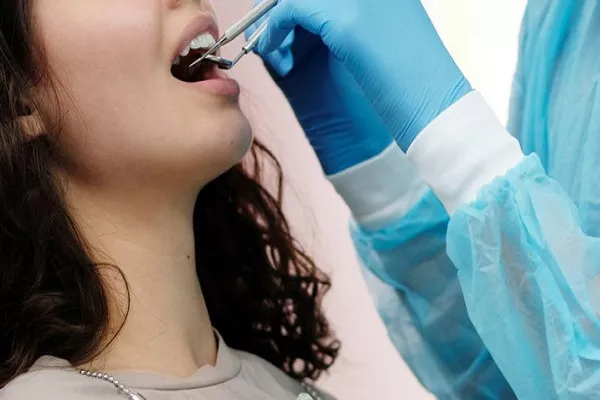Gingivitis is a common oral health issue that affects millions of people worldwide. It is an early stage of gum disease and, if left untreated, can progress into more severe conditions, such as periodontitis. Identifying early signs of gingivitis is crucial for timely intervention and effective management. In this article, we will explore the telltale signs of early gingivitis and provide insights on how to recognize and address this dental concern.
Understanding Gingivitis
Gingivitis is an inflammation of the gums caused by the buildup of plaque on teeth. Plaque is a sticky, colorless film of bacteria that forms on teeth surfaces due to poor oral hygiene habits. When plaque is not adequately removed through regular brushing and flossing, it can irritate the gum tissue, leading to gingivitis. At its early stage, gingivitis may not cause significant discomfort, making it essential to pay attention to subtle signs.
Red and Swollen Gums
One of the primary indicators of early gingivitis is the appearance of red and swollen gums. Healthy gums should have a pale pink color and a firm texture. However, when gingivitis sets in, the gum tissue becomes inflamed, leading to a darker red hue and puffiness. In some cases, the swelling may be more pronounced in certain areas, indicating the presence of plaque accumulation.
Bleeding Gums
Healthy gums should not bleed during routine activities such as brushing or flossing. If you notice blood on your toothbrush, floss, or in your saliva after brushing, it could be an early sign of gingivitis. Bleeding occurs due to the inflammation of the gum tissue caused by the bacterial irritants present in plaque. Addressing bleeding gums promptly is crucial as it can progress into a more severe condition if left untreated.
Bad Breath (Halitosis)
Persistent bad breath, also known as halitosis, is another common indication of early gingivitis. The bacteria present in plaque release foul-smelling gases as they feed on food particles and debris in the mouth. As gingivitis progresses, the unpleasant odor may become more noticeable, even after regular brushing and mouthwash use. Treating gingivitis can help alleviate halitosis and improve overall oral hygiene.
Receding Gumline
As gingivitis advances, you may notice your gumline receding or pulling away from the teeth. Receding gums create small pockets between the teeth and gum tissue, providing a haven for more plaque buildup. This exacerbates the condition and can lead to tooth sensitivity and increased vulnerability to decay.
Tender or Sensitive Gums
Early gingivitis may cause your gums to feel tender or sensitive when touched or while eating. This discomfort is a result of the inflammation and can vary in severity depending on the individual’s oral health and hygiene practices. Ignoring these signs may lead to further gum damage and potential tooth loss in severe cases.
Conclusion
Recognizing the signs of early gingivitis is crucial for maintaining optimal oral health and preventing the condition from progressing into more severe gum diseases. Regular dental check-ups and diligent oral hygiene practices, including brushing and flossing, are essential in preventing and managing gingivitis. If you notice any of the mentioned signs, consult your dentist promptly to address the issue and receive appropriate treatment. Remember, early detection and intervention are key to keeping your gums and teeth healthy for a lifetime.
































